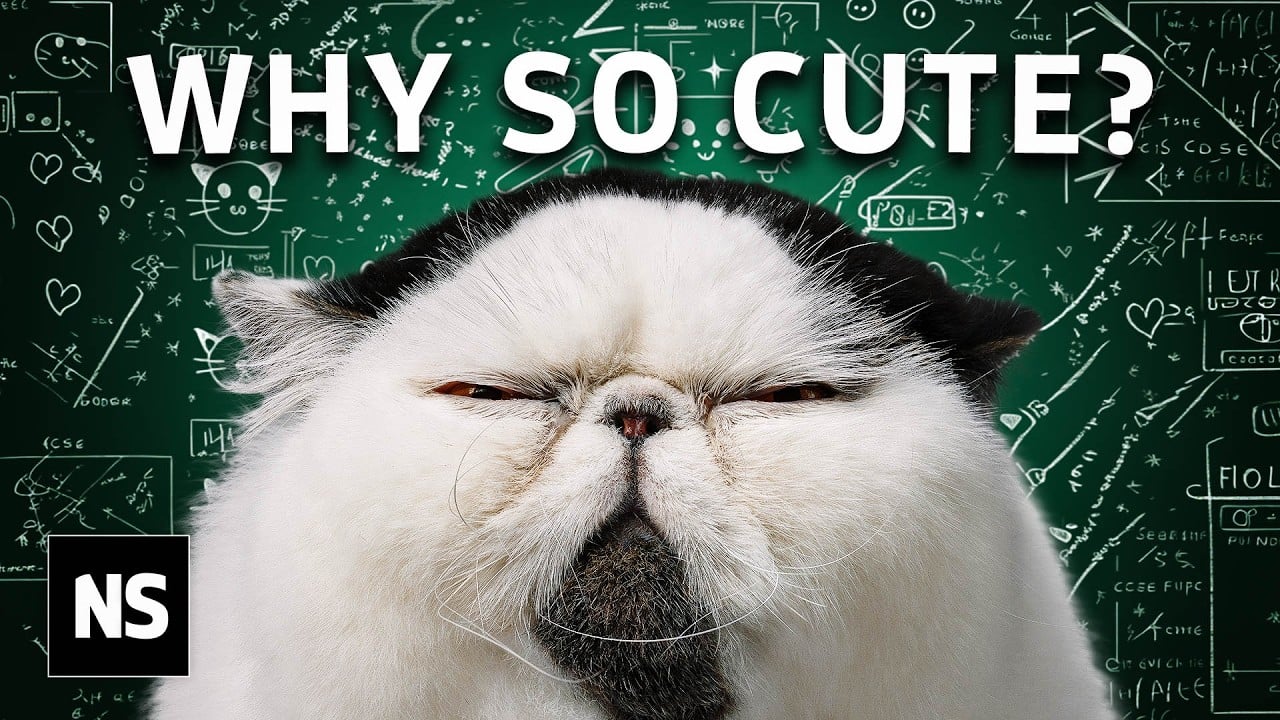Animal photographer Tim Flach has taken hundreds of photos of cats and, through his time with them, finds himself asking questions about why they are so important to humans. He has partnered with scientists to find out exactly why they elicit the emotions they do, and how he, as a photographer, can better highlight those aspects of their form.
Flach’s book Feline explores not only his photography, but the science behind the modern cat’s cuteness. Flach worked with evolutionary biologist Jonathan Losos to provide context behind the emotions cats provide, “weaving together science, history, and human connections to explore what makes cats so compelling.” The book also includes thoughts from neuroscientist Morten Kringelbach, who delves into the science of cuteness. In the book, Flach includes MRI images of his brain overlaid with response areas to different feline visual stimuli.
“Having my brain MRI scanned in my own book and then we put over the response areas: a kitten, a puppy, and a human baby,” Flach says in an interview with New Scientist.
“The auditory cortex gets activated uniquely for infant faces, and it does it at a speed of 130 milliseconds. Given that it takes about 200 milliseconds for us to have conscious thought, we’re forming emotions before we have conscious thoughts. And then, for example, my cat, we show him photographed at different stages, which was initially done at eight days old, right through to eight weeks, and it’s actually to scale. So you’ll experience the cat to scale, and in a way, at some fundamental level, you can see how cuteness is unfolding, and then we go and explain it and how the proportions have been made in many of the breeds to be more juvenile, and we’re doing it almost without realizing it has such a power over us.”
Flach says that the knowledge he gained on how his brain responded to cats informed his methods for photographing them.
“A lot of my images are very much like human portraits. They make the cat personal. I look at how we can make images more empathetic, informed by the old masters. I use techniques called counter shading. I’m fascinated that if you go to one side of a human face, it’s more emotively charged, called left-side bias. So I employ that in the techniques of my work, and so I’m bringing lots of different ways to, in fact, give more power and hopefully more connection and engagement,” Flach says.
“Now I think what’s been quite interesting in the collaboration is that as an artist, we’re trying to organize an experience. We’re interested in the cultural context of what we do and how it resonates in not always logical ways, as imagery. Whilst working with scientists, there’s a way of kind of grounding that imagination, but also in a sense giving it a much more powerful form.”
Flach has become more concerned about the creep of AI and how that will affect his profession.
“We wanted to futureproof this project as best we could against generative AI. Many of our models look so extraordinary that it is hard to believe that they ever existed. For so long, the medium of photography has been seen as a faithful record of reality, yet AI-generated imagery is changing how we trust it. Before, it was difficult enough to get the cats to sit still on set; now we have to prove they were ever there in the first place,” Flach explains.
He says that generative AI has changed how he edits. When in the past he would remove stray hairs or dust, he now leaves those in so that in the future, there are elements in his photos that can be pointed to and affirm his photos as real.
“We’re at a time where we have never been more separated from nature. AI’s [growth] possibly means that we’re going to be placing ourselves in a more virtual than actual world. It’s important that we have, I think, a connection with animals to actually imagine what it’s like not just to be in someone else’s boots but maybe in their paws or whatever that is. Cats do remind us of something about a wildness that comes into our place. They adapt our ways, don’t adopt them. Occupying a space that’s maybe left by the absence of wildlife.”

